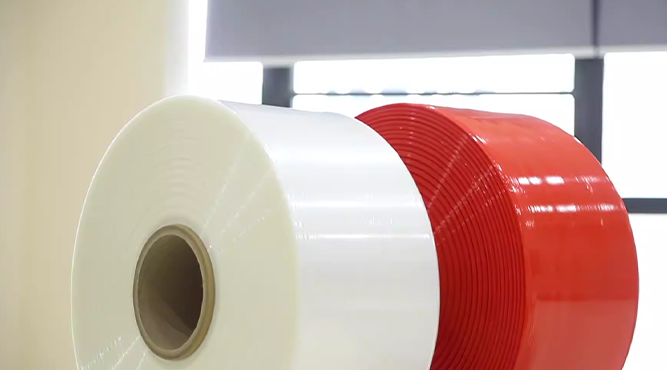kitchen bin bags
The Importance of Choosing the Right Kitchen Bin Bags
When it comes to maintaining a clean and organized kitchen, one often overlooked but essential item is the kitchen bin bag. Many people may think of bin bags as a mundane necessity, but the truth is that choosing the right type of bag can significantly affect cleanliness, convenience, and even the environment. In this article, we will explore the various aspects of kitchen bin bags, including their types, features, environmental considerations, and tips for choosing the right one for your needs.
Types of Kitchen Bin Bags
Kitchen bin bags come in various types, designed to meet different needs and preferences. The most common types include
1. Standard Bin Bags These are made from basic polyethylene material and are suitable for everyday waste. They are typically available in various sizes to fit different bins.
2. Heavy-Duty Bags For those with larger waste needs or for commercial kitchens, heavy-duty bags are the way to go. They are thicker and stronger, designed to hold sharp or heavy items without tearing.
3. Biodegradable Bags An environmentally friendly option, biodegradable bags break down over time, reducing the amount of plastic waste in landfills. These bags are made from renewable resources, making them a popular choice for eco-conscious consumers.
4. Compostable Bags Similar to biodegradable bags, compostable bags are designed to break down under composting conditions, turning into nutrient-rich compost. They are an excellent choice for kitchens that produce a lot of organic waste.
5. Scented Bags To combat unpleasant odors, scented kitchen bags can be a great option. Infused with fragrances, these bags help mask smells from food waste and keep your kitchen smelling fresh.
Key Features to Consider
When selecting kitchen bin bags, there are several features to consider
- Size Ensure the bags fit your kitchen bin. Measure your bin before purchasing to avoid buying the wrong size.
kitchen bin bags

- Strength Consider the types of waste you will be disposing of. For heavier or sharper items, a thicker, heavy-duty bag is essential to prevent leaks and tears.
- Sealability Some bags come with drawstrings or tie handles, making it easier to close the bag securely. This feature is especially useful for containing smells and preventing spills.
- Material Check if you prefer plastic, biodegradable, or compostable materials. Your choice can impact both convenience and environmental sustainability.
Environmental Considerations
As awareness of environmental issues grows, many consumers are looking for ways to reduce their plastic usage. Kitchen bin bags are often made from single-use plastics that contribute to pollution and waste. Choosing biodegradable or compostable bags can help reduce your carbon footprint. Additionally, look for brands that utilize recycled materials in their products.
Tips for Choosing the Right Kitchen Bin Bag
1. Identify Your Needs Consider the types and amounts of waste you produce. This will help you determine the necessary features, size, and strength of the bags.
2. Check for Certifications If you are purchasing biodegradable or compostable bags, look for certifications that verify their claims. This ensures that you are making an environmentally responsible choice.
3. Test Different Brands Sometimes, it may take some trial and error to find the right brand that meets your expectations in terms of durability, odor control, and fit.
4. Consider Value for Money While it can be tempting to choose the cheapest option, don't forget that investing in higher quality bags could save you money in the long run by reducing the number of bags needed.
In conclusion, selecting the right kitchen bin bags is crucial for maintaining an efficient and sustainable kitchen. By considering the various types and features available, as well as the environmental impact of your choices, you can make an informed decision that supports both your cleanliness goals and the planet. Ultimately, taking the time to choose the right bin bags can lead to a neater kitchen and contribute positively to the environment.
-
The Best Uses for Small Trash Bags in Daily LifeNewsJul.01,2025
-
Stylish Reusable Grocery Bags TrendsNewsJul.01,2025
-
Shipping Advantages of Using Bubble Envelopes BulkNewsJul.01,2025
-
How Compostable Mailing Bags Reduce Environmental ImpactNewsJul.01,2025
-
Environmentally - Friendly Bulk Poly MailersNewsJul.01,2025
-
Eco Friendly Custom Laminated Tote BagsNewsJul.01,2025
-
Have the freedom of customizing your custom mailers any way you want! Our dedicated packaging support will help deliver you the mailing experience you need to elevate your shipping experience to the next level! Start making a strong impression on your customers and stand out from your competitors! -
LIYA uses high quality raw materials which directly purchased from large enterprises domestic and overseas such as PetroChina, Sinopec, Sabic, Equate, ExxonMobil, Dow Chemical, Total, and Borouge, ensuring the price advantage and quality of the raw materials. -
LIYA uses high quality raw materials which directly purchased from large enterprises domestic and overseas such as PetroChina, Sinopec, Sabic, Equate, ExxonMobil, Dow Chemical, Total, and Borouge, ensuring the price advantage and quality of the raw materials.
Warning: Undefined array key "ga-feild" in /home/www/wwwroot/HTML/www.exportstart.com/wp-content/plugins/accelerated-mobile-pages/templates/features.php on line 6714





